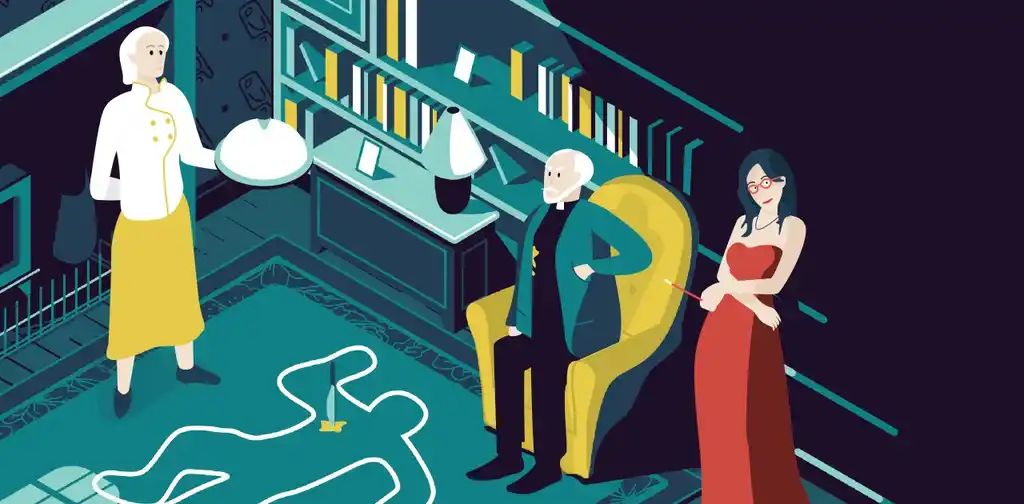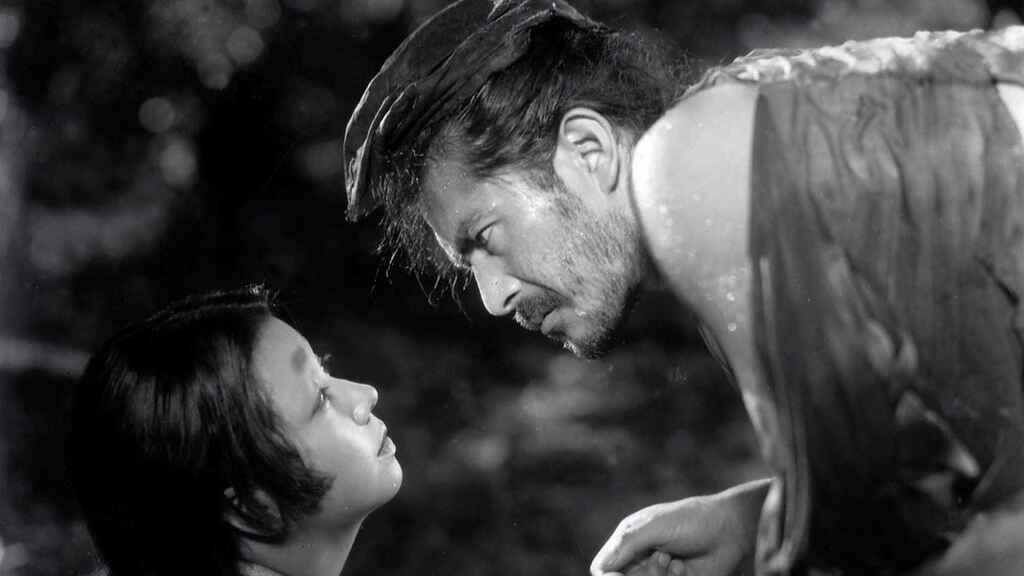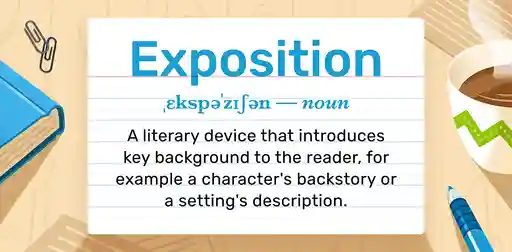Last updated on Feb 15, 2022
7 Elements of a Story: How to Create an Awesome Narrative
Tom Bromley
Author, editor, tutor, and bestselling ghostwriter. Tom Bromley is the head of learning at Reedsy, where he has created their acclaimed course, 'How to Write a Novel.'
View profile →If you're looking to turn an original idea into a story, you're in luck: thanks to the groundwork laid by storytellers over the years, we now know the secrets of creating an engaging narrative. You can turn the slightest concept into a gripping tale by mastering the seven essential elements of a story — theme, characters, setting, plot, conflict, point of view, and style.
To help you better understand how stories come together, here are seven elements you'll find in almost any story:
Story Element #1: Theme
Before you can work out what’s driving your characters or your plot, it helps to know what’s driving you to write this story in the first place. Is there an overarching lesson or message you want to get across? Are you looking to evoke a certain feeling?
A clear, artfully deployed theme will elevate your story beyond the sum of its parts and help it stick in the minds of your readers. Make sure you give those readers some credit, though: instead of spelling it out, weave aspects of your theme into other elements of your story and let them discover it on their own.
Learn more:
- What is the Theme of a Story? (Guide)
Story Element #2: Characters
Your characters give your story the depth it needs to keep readers wanting more — they are, quite literally, the life force of your story. Their personalities and interactions with one another will naturally create conflict and drive your story forward.

Well-crafted characters will also make your story more relatable. If your readers can imagine themselves in your characters’ shoes — or recognize aspects of characters’ personalities in people they know — they’ll develop a stronger connection with your story as a whole.

FREE RESOURCE
Reedsy’s Character Profile Template
A story is only as strong as its characters. Fill this out to develop yours.
Story Element #3: Setting
The setting is the world in which your story will take place — this includes the broader locations and time, as well as more specific details like your characters’ school or workplace. You’ll often see writers transplant well-known plots into a new setting (Romeo & Juliet in Space! Cinderella in 1960s Brooklyn!). Whenever this happens, the new environment always finds a way to influence and adapt the story into something new.

While rich setting descriptions will captivate your readers, it’s important not to bore them with paragraphs upon paragraphs of pure description. As with the theme, weaving exposition into your story little by little will allow the reader to gradually create a mental image of your fictional world as the story unfolds, making for a much more immersive experience.
Learn more:
- Setting of a Story: What Is It? And How to Write It (Click here)
- Worldbuilding: the Master Guide (with Template) (Click here)
Story Element #4: Plot
Now we’re getting to the main event — the plot, aka the things that actually happen in your story. In almost all genres (the exception being literary fiction), as your story progresses, the stakes for your protagonist escalate and lead to an inevitable climax.
If your plot comes across as a sequence of random events, your readers will tend to get bored or confused
This happened, then this happened, and then THIS also happened.
Instead, each point of your plot must happen as a result of a character's actions.
This happened, therefore that happened, which then caused THIS to happen.
This pattern of "cause and effect" induces a sense of intrigue and suspense, making the audience want to find out what happens next.
Learn more:

FREE RESOURCE
Get our Book Development Template
Use this template to go from a vague idea to a solid plan for a first draft.
- What is Plot? An Author's Guide to Storytelling (Click here)
- Story Structure: 7 Narrative Structures All Writers Should Know (Click here)
- Rising Action: Where the Story Really Happens (With Examples) (Click here)
Story Element #5: Conflict
We mentioned rising stakes just now — the reason underlying this tension is your story’s conflict. Whether the source of this conflict is external, like an unyielding antagonist, or internal, like a moral struggle for your main character, it’ll be one of the most important elements of your story. Conflict creates tension by giving your protagonist some sense of purpose. It gets readers invested in the story, encouraging them to keep turning the page.
If you're still not convinced, remember that every story always asks the same question:
Will the protagonist overcome their obstacles to get what they want?
In other words, conflict is story.
Learn more:
- Internal vs External Conflict: How Conflict Drives a Story (Click here)
- How to Create Conflict in a Story (with 6 Simple Questions) (Click here)
Story Element #6: Point of view
Your book’s point of view is the perspective from which the story is told. You’ve got a few options here, all of which have different impacts on the overall tone of your story. A close viewpoint like first person will feel more intimate while ones that hold the protagonist at arm’s length (such as third person omniscient) may feel more objective and formal.

FREE COURSE
Understanding Point of View
Learn to master different POVs and choose the best for your story.
The character you choose for your book’s POV can also determine the arc of the entire narrative. Take a murder mystery novel: telling the story through the viewpoint of the murderer will be drastically different than if it had been seen through the detective's eyes.

By choosing an unusual viewpoint character, you can completely upend how your plot unfolds, the central conflict, and how your audience sympathizes with certain characters.
Learn more:
- Point of View: The Ultimate POV Guide — with Examples (Click here)
- Free Course: Understanding Point of View (Click here)
🖊️
Which POV is right for your book?
Take our quiz to find out! Takes only 1 minute.
Story Element #7: Style
Your writing style is the culmination of all the features that make your storytelling so unique — that’s everything from your pacing and tone to the specific words or phrases you use. While reflection and deliberation can help you refine your style, there really aren’t any particular criteria to determine what “good” prose means.
Take Ernest Hemmingway and Toni Morrison, two of America’s most celebrated authors — their writing styles couldn’t be more different. Hemmingway is known for his concise and straightforward prose, invoking scenes with a few sparse sentences. On the other hand, Morrison leans more towards rich and vivid imagery that relishes in the language. This goes to show that no style is better than another — as long as you’re being true to yourself, your personality will shine through and make your story one to be remembered.
Learn more:
- 45+ Literary Devices and Terms Everybody Should Know (Click here)
- Video: How to Find Your Author Voice (Click here)
So there you have it, seven essential story elements that any narrative can’t live without. Bear these in mind as you work on your book, and you’ll be a master storyteller in no time!
If you’re ready to take your story to the next level, you may want to work with a professional editor. Check out our guide to professional editing to help you work out your next steps.










